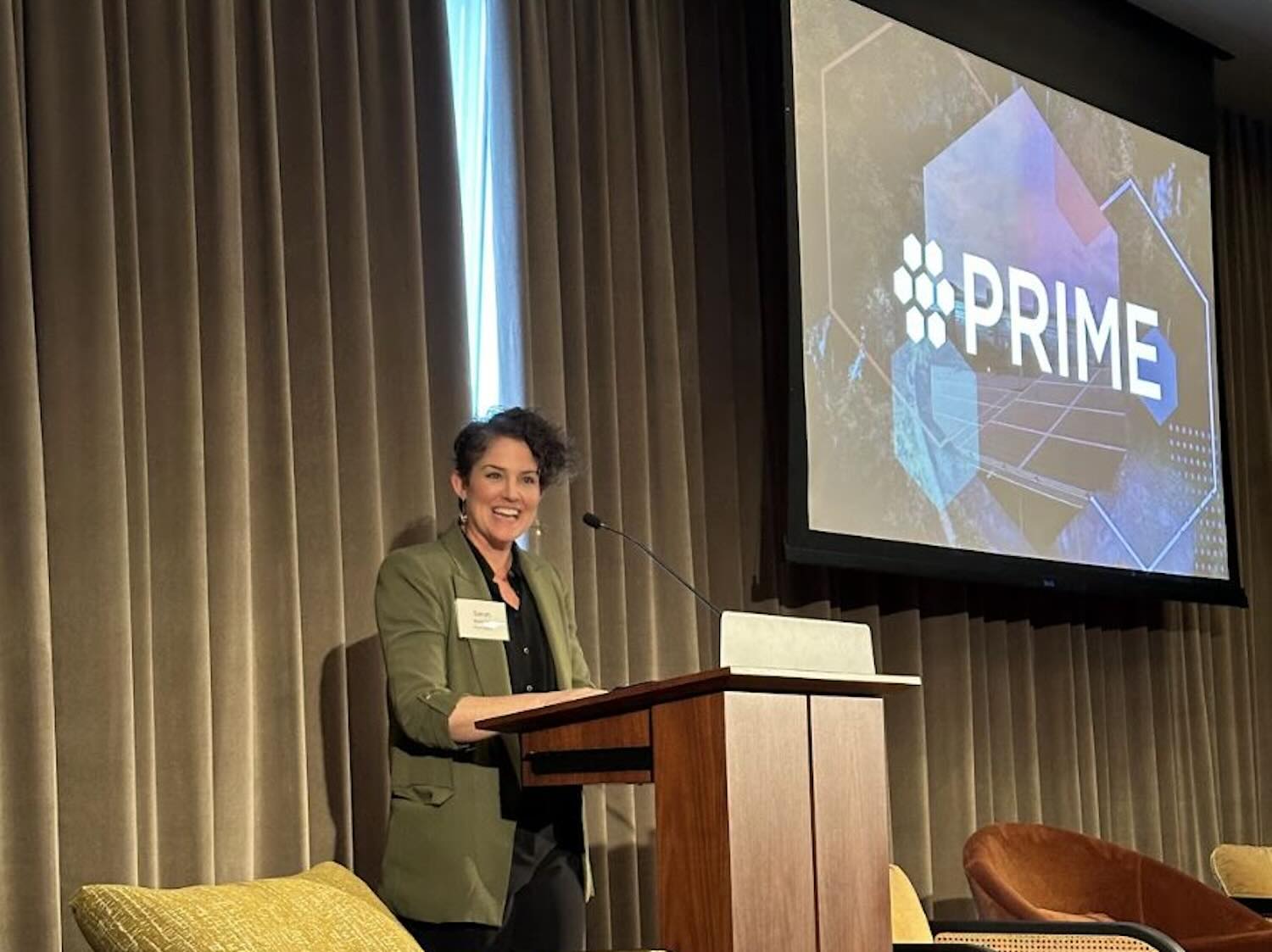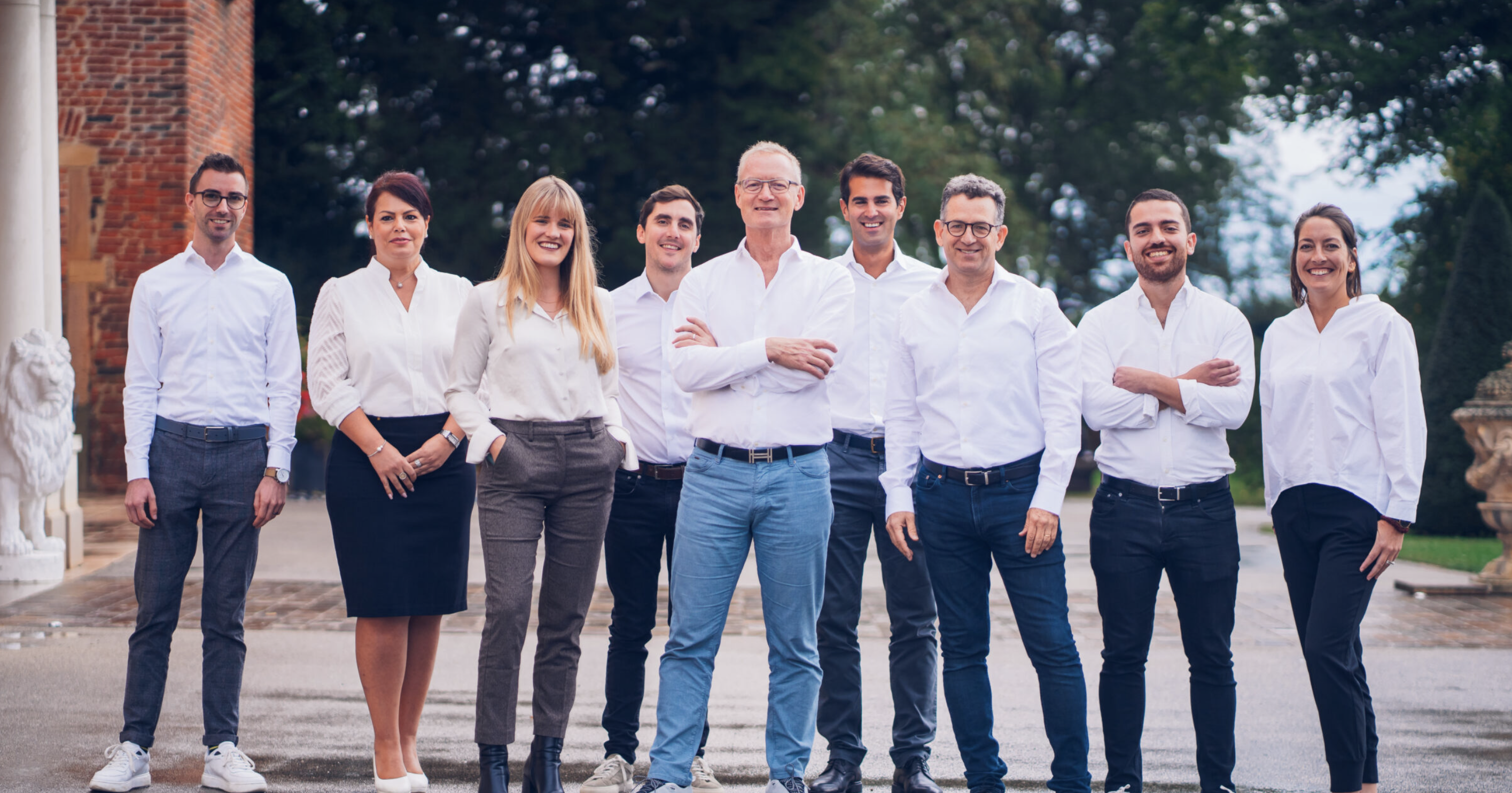Investors looking to address accelerating greenhouse gas emissions and the subsequent rise in global temperatures face a dilemma: As climate tech solutions multiply, what is the best use of their limited capital?
The complex data required to answer such a question lacks uniformity, is subject to differing assumptions or is downright unavailable. That makes rigorous assessment a notoriously difficult task.
New software from Prime Coalition, a nonprofit in Cambridge, Mass. with an investment arm for early-stage climate companies and startups, aims to make those projections easier to lock down on.
The group recently rolled out updated version for investors who want to make investment decisions based upon a company’s potential emissions reductions. The free, open-source tool, known as CRANE, for Carbon Reduction Assessment of New Enterprises, also allows entrepreneurs to demonstrate the emissions reduction reality and potential of their new technologies and services.
A prior version of the software “was really complex and complicated for people to understand,” Keri Browder, the director of impact accountability at Prime, told ImpactAlpha. The new version, introduced in April, is “much easier to use, and it’s a better tool in general.”
Aimed mainly at venture capital investors, CRANE is used by investment firms including Eclipse Ventures, Elemental Excelerator, Roda Group, and Grantham Environmental Trust. Other customers include research institutes and universities.
Assumptions amid uncertainty
There’s no standardized tool or common lexicon to measure the future climate impacts of early-stage companies. CRANE is among a host of carbon emission measurement software products (albeit the only free offering), including offerings from Persefoni, Microsoft Sustainability Cloud and Sphera.
The software program asks investors to make assumptions about existing ‘dirty’ technologies in a company’s target market, rival clean solutions from competitors, the number of potential users, performance metrics, and the spoiler factor of what Browder called “uncertainty bounds.”
The resulting analysis includes estimates of “attribution” (the percentage of emissions reductions a startup can claim credit for) and whether a reduction in greenhouse gas happens solely due to the venture’s technology (or “additionality”). Project Frame hasn’t yet reached a consensus on how to measure the latter.
No ‘handholding’ required
The software, an update to an original version introduced in 2020, uses a new methodology. The first iteration was based heavily on a 2017 report by Prime and New York State’s energy innovation agency, or NYSERDA, that described their joint methodology for estimating the emissions reduction potential, or “ERP” in industry jargon, of a new venture.
Browder, who is also the director of Project Frame, a nonprofit program convened by Prime to further emissions impact and reporting standards, said that much of the feedback on the first version was that “you had to be pretty specialized in order to know how to get through the tool.” Early-stage green companies using the tool “required a good deal of handholding” from Rho Impact, the climate data science firm that worked with Prime on the software.
Prime used the tool to conduct diligence on sustainable lithium mining company Lilac Solutions, after an analysis showed the Oakland-based company’s technology could reduce carbon emissions by at least a gigaton by 2050.
A 2023 Harvard Business School case study of Crane last October explored how real estate investment fund Vulcan Ventures used the tool to estimate the impact of its green alternative to traditional, carbon-intensive building materials. The software, HBS wrote, suggested that Vulcan’s solution could eventually mitigate up to 107 million tons of CO2 emissions a year, or 638 million tons through 2050.
The software can serve as a starting point for potential investors, said Jean Shia at the nonprofit Autodesk Foundation. “It’s a great way to get together with our investees” and discuss “what does the impact look like? What are the assumptions? What does the market look like?” Autodesk has used it to help analyze a recycled carbon fiber company in Denver, providing “a good initial sense of what we can expect in terms of impact from this technology,” said Ishita Jain, Autodesk’s impact manager.
The software, like that of competitors, faces the proverbial garbage-in, garbage-out hurdle. Browder said a future update would aim to address what Prime calls “adjustment factors,” or rebound effects, meaning a reduction in climate efficacy that materializes when consumers change their behavior, or when systemic factors like policy changes lower prior predictions of impact. Still, Shia called CRANE “a really low-touch and no-cost way to get a first level analysis.”
Since 2014, Prime has marshaled more than $300 million in partnership with roughly 250 philanthropic investors to back 34 sustainable companies. Its flagship $50 million Prime Impact Fund, is focused on catalytic investments in companies including lithium extractor Lilac Solutions, synthetic biology platform MicroByre and carbon capture company Verdox. More recently, it has created Azolla Ventures, an early stage climate tech fund, and Trellis Climate, which seeks to plug financing gaps for first-of-a-kind climate projects.











